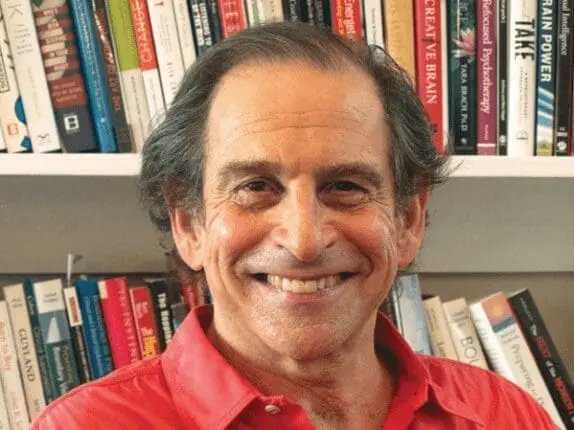The capacity for rage, fear, and lust for dominance seem to be built into our genome. Although we like to think we’ve risen above our “animal” nature, all our efforts to demonstrate a high-enough rank in the social hierarchy by being richer, better looking, smarter, stronger, more powerful, or more popular than other people is just another way of carrying on the ancient struggle for survival. If we see ourselves as failing at that struggle and are left feeling anxious, depressed, and worthless, we may find ourselves with a therapist who specializes in helping people find their way out of these disturbing states of mind. But there are other perspectives on this struggle. Buddhists see the problem not as one of individual psychopathology, but as the result of maintaining our mistaken attachments—our deep desire for what we think we want and our deep suffering when we don’t get it.
Over several thousand years, different cultures have discovered how to nurture the seed of a specifically human capacity—a saving grace, as it were—for mentally stepping outside the rat cage of our own attachments and learning how to escape the whirring agitation of our minds. Over the past couple of decades, these meditative disciplines have become something of a national indoor sport, at least among a large segment of the American middle class seeking to quiet the mind and even develop a quality of genuine wisdom in our overstimulating and stressful world.
This issue of the Networker examines the growth and achievements of this mindfulness movement as well as what some of its critics claim are its excesses, blind spots, and limitations. As many of us have learned, meditation is a deceptively simple practice, easy to start but not so easy to maintain. Take me, for example. I believe in meditation. I’m thrilled that meditation is going Big Time. Given that I regularly display every aspect of “monkey mind” that meditation is intended to address, it’s too bad that I don’t do it more.
But one of the advantages of being the editor of a publication like this is regularly confronting the limitations of your habitual ways of approaching life. So one day toward the tail end of getting this issue together (the most hectic time in the cycle), I decided to sit down and try out my usual imitation of somebody meditating, something I’ve done many times in the past, but usually with a half-hearted sense of fitting it in between more pressing activities.
Perhaps it was the result of something in this issue finally communicating to a slow learner like me what’s distinctive about the experience of being truly mindful, but when I opened my eyes, I felt an unusual sense of calm. Instead of seeing the world through a veil of deadline-driven exhaustion and distraction—a kind of glaucoma of the soul—I saw the familiar sight of my own living room with fresh eyes, as if appreciating for the first time the handiwork of a cosmic interior decorator. It wasn’t the same world of rote routine, but another one in which I was unquestionably alive in a different way—well, at least for a couple of hours until the veil descended again. But I’d been reminded that it was within my power to awaken myself and, to use one of Jon Kabat-Zinn’s favorite expressions, “live life as if it really mattered”—if I so chose.
What lies before me, as it does for other readers, is the challenge of bringing more of that quality of awareness into the rest of life. The hope and promise of this issue is that it’ll increase the probability that, however you do it, you’ll also make that choice.
Rich Simon
Richard Simon, PhD, founded Psychotherapy Networker and served as the editor for more than 40 years. He received every major magazine industry honor, including the National Magazine Award. Rich passed away November 2020, and we honor his memory and contributions to the field every day.












